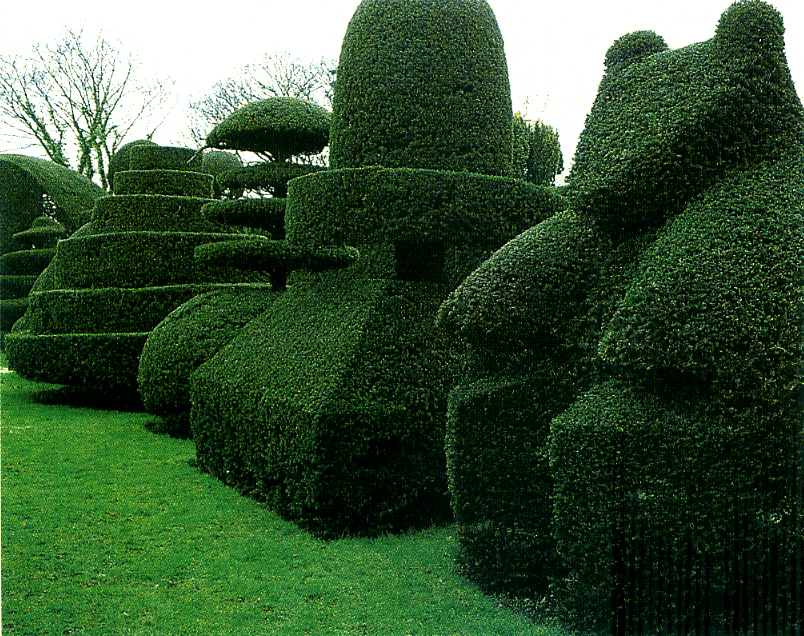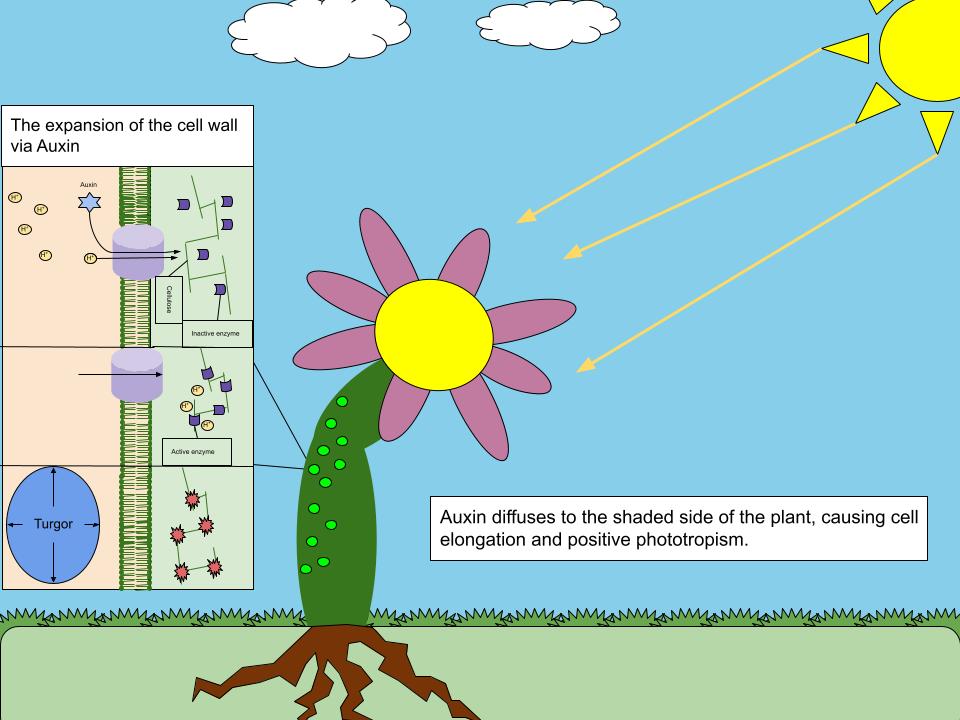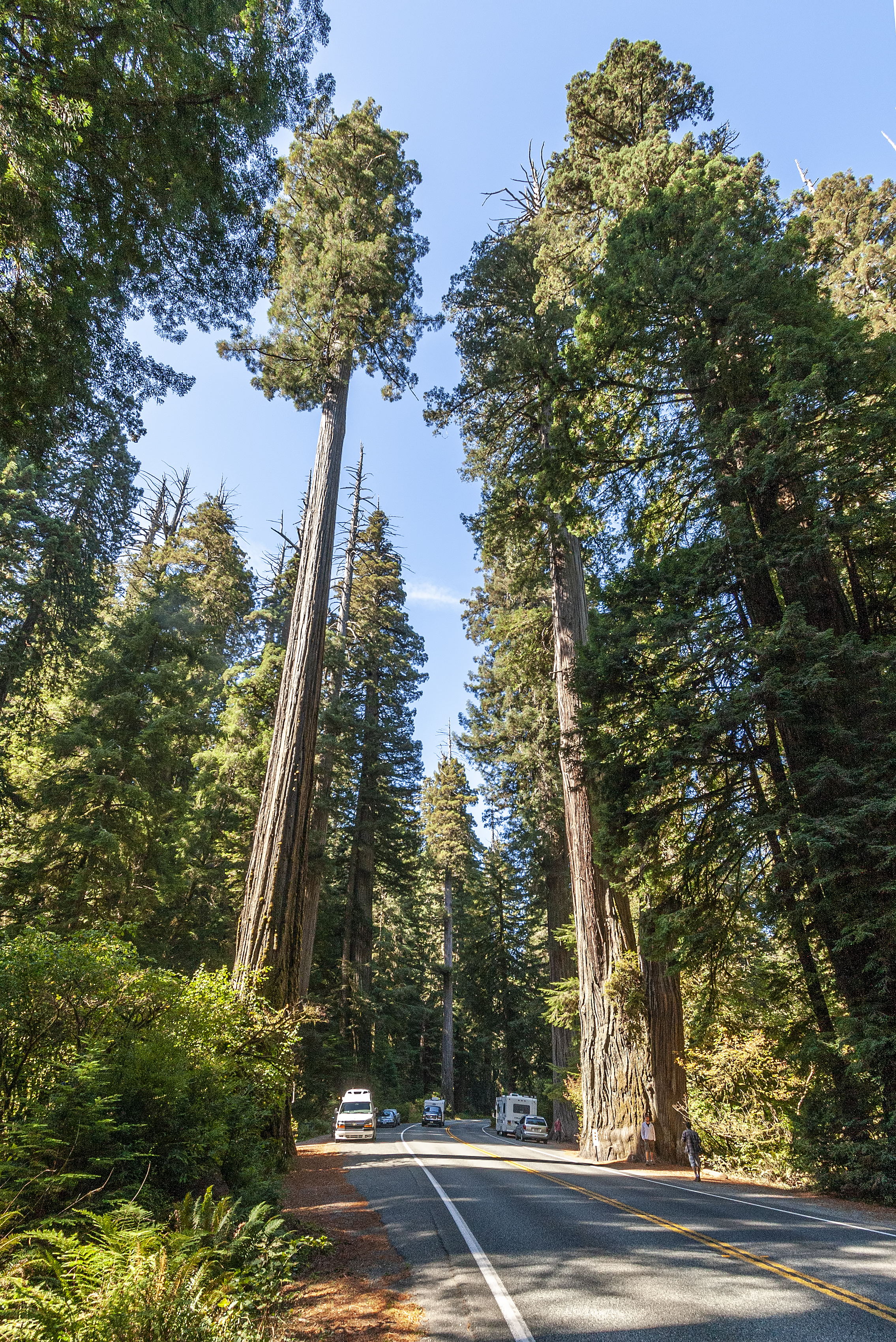|
Axillary Bud
The axillary bud (or lateral bud) is an Plant embryogenesis, embryonic or Organogenesis#Plant organogenesis, organogenic Shoot (botany), shoot located in the axil of a leaf. Each bud has the potential to form shoots, and may be specialized in producing either vegetative shoots (stems and branches) or reproductive shoots (flowers). Once formed, a bud may remain dormant for some time, or it may form a shoot immediately. Overview An axillary bud is an embryonic or organogenic Shoot (botany), shoot which lies dormant at the junction of the plant stem, stem and Petiole (botany), petiole of a plant. It arises exogenously from outer layer of cortex (botany), cortex of the stem. Axillary buds do not become actively growing shoots on plants with strong apical dominance (the tendency to grow just the terminal bud on the main stem). Apical dominance occurs because the shoot apical meristem produces auxin which prevents axillary buds from growing. The axillary buds begin developing when the ... [...More Info...] [...Related Items...] OR: [Wikipedia] [Google] [Baidu] |
Plant Morphology Buds Axillary
Plants are the eukaryotes that form the Kingdom (biology), kingdom Plantae; they are predominantly Photosynthesis, photosynthetic. This means that they obtain their energy from sunlight, using chloroplasts derived from endosymbiosis with cyanobacteria to produce sugars from carbon dioxide and water, using the green pigment chlorophyll. Exceptions are parasitic plants that have lost the genes for chlorophyll and photosynthesis, and obtain their energy from other plants or fungi. Most plants are multicellular organism, multicellular, except for some green algae. Historically, as in Aristotle's biology, the plant kingdom encompassed all living things that were not animals, and included algae and fungi. Definitions have narrowed since then; current definitions exclude fungi and some of the algae. By the definition used in this article, plants form the clade Viridiplantae (green plants), which consists of the green algae and the embryophytes or land plants (hornworts, liverworts ... [...More Info...] [...Related Items...] OR: [Wikipedia] [Google] [Baidu] |
Apical Dominance
In botany, apical dominance is the phenomenon whereby the main, central stem of the plant is dominant over (i.e., grows more strongly than) other side stems; on a branch the main stem of the branch is further dominant over its own side twigs. Plant physiology describes apical dominance as the control exerted by the terminal bud (and shoot apex) over the outgrowth of lateral buds. Overview Apical dominance occurs when the shoot apex inhibits the growth of lateral buds so that the plant may grow vertically. It is important for the plant to devote energy to growing upward so that it can get more light to undergo photosynthesis. If the plant utilizes available energy for growing upward, it may be able to outcompete other individuals in the vicinity. Plants that were capable of outcompeting neighboring plants likely had higher fitness. Apical dominance is therefore most likely adaptive. Typically, the end of a shoot contains an apical bud, which is the location where shoot gr ... [...More Info...] [...Related Items...] OR: [Wikipedia] [Google] [Baidu] |
Plant Pathology
Plant pathology or phytopathology is the scientific study of plant diseases caused by pathogens (infectious organisms) and environmental conditions (physiological factors). Plant pathology involves the study of pathogen identification, disease etiology, disease cycles, economic impact, plant disease epidemiology, plant disease resistance, how plant diseases affect humans and animals, pathosystem genetics, and management of plant diseases. Plant pathogenicity Plant pathogens, organisms that cause infectious plant diseases, include fungi, oomycetes, bacteria, viruses, viroids, virus-like organisms, phytoplasmas, protozoa, nematodes and parasitic plants. In most plant pathosystems, virulence depends on hydrolases and enzymes that degrade the cell wall. The vast majority of these act on pectins (for example, pectinesterase, pectate lyase, and pectinases). For microbes, the cell wall polysaccharides are both a food source and a barrier to be overcome. Many path ... [...More Info...] [...Related Items...] OR: [Wikipedia] [Google] [Baidu] |
Hormone
A hormone (from the Ancient Greek, Greek participle , "setting in motion") is a class of cell signaling, signaling molecules in multicellular organisms that are sent to distant organs or tissues by complex biological processes to regulate physiology and behavior. Hormones are required for the normal development of animals, plants and fungi. Due to the broad definition of a hormone (as a signaling molecule that exerts its effects far from its site of production), numerous kinds of molecules can be classified as hormones. Among the substances that can be considered hormones, are eicosanoids (e.g. prostaglandins and thromboxanes), steroids (e.g. Estrogen, oestrogen and brassinosteroid), amino acid derivatives (e.g. epinephrine and auxin), protein or peptides (e.g. insulin and CLE peptides), and gases (e.g. ethylene and nitric oxide). Hormones are used to communicate between organ (anatomy), organs and Tissue (biology), tissues. In vertebrates, hormones are responsible for regulating ... [...More Info...] [...Related Items...] OR: [Wikipedia] [Google] [Baidu] |
Auxin
Auxins (plural of auxin ) are a class of plant hormones (or plant-growth regulators) with some morphogen-like characteristics. Auxins play a cardinal role in coordination of many growth and behavioral processes in plant life cycles and are essential for plant body development. The Dutch biologist Frits Warmolt Went first described auxins and their role in plant growth in the 1920s. Kenneth V. Thimann became the first to isolate one of these phytohormones and to determine its chemical structure as indole-3-acetic acid (IAA). Went and Thimann co-authored a book on plant hormones, ''Phytohormones'', in 1937. Overview Auxins were the first of the major plant hormones to be discovered. They derive their name from the Greek word ( – 'to grow/increase'). Auxin is present in all parts of a plant, although in very different concentrations. The concentration in each position is crucial developmental information, so it is subject to tight regulation through both metabolism and transp ... [...More Info...] [...Related Items...] OR: [Wikipedia] [Google] [Baidu] |
Leaves
A leaf (: leaves) is a principal appendage of the stem of a vascular plant, usually borne laterally above ground and specialized for photosynthesis. Leaves are collectively called foliage, as in "autumn foliage", while the leaves, stem, flower, and fruit collectively form the shoot system. In most leaves, the primary photosynthetic tissue is the palisade mesophyll and is located on the upper side of the blade or lamina of the leaf, but in some species, including the mature foliage of ''Eucalyptus'', palisade mesophyll is present on both sides and the leaves are said to be isobilateral. The leaf is an integral part of the stem system, and most leaves are flattened and have distinct upper ( adaxial) and lower ( abaxial) surfaces that differ in color, hairiness, the number of stomata (pores that intake and output gases), the amount and structure of epicuticular wax, and other features. Leaves are mostly green in color due to the presence of a compound called chlorop ... [...More Info...] [...Related Items...] OR: [Wikipedia] [Google] [Baidu] |
Searsia Angustifolia (Rhus Angustifolia) Axillary Buds 5540
''Searsia angustifolia'', the willow karee or smalblaar, is a small, bushy, evergreen tree which is confined to the South Western Cape in South Africa. Description The multi-stemmed willow karee bush grows to a height of about . It has trifoliate leaves with dark green surfaces and grey furry undersides. The leaflets are each lanceolate to narrowly elliptical. Its flowers appear in Spring. They are small and cream coloured. The female plants produce clumps of tiny berries. Distribution and habitat This species is indigenous to the Western Cape Province, South Africa. Its range extends from Cape Town in the west, eastwards to the Caledon and Swellendam Swellendam () is the third oldest town in South Africa (after Cape Town and Stellenbosch), a town with 17,537 inhabitants situated in the Western Cape province. The town has over 50 provincial heritage sites, most of them buildings of Cape D ... regions. In the north, it occurs in the Malmesbury, Worcester, Hex river and ... [...More Info...] [...Related Items...] OR: [Wikipedia] [Google] [Baidu] |
Apical Meristem
In cell biology, the meristem is a structure composed of specialized tissue found in plants, consisting of stem cells, known as meristematic cells, which are undifferentiated cells capable of continuous cellular division. These meristematic cells play a fundamental role in plant growth, regeneration, and acclimatization, as they serve as the source of all differentiated plant tissues and organs. They contribute to the formation of structures such as fruits, leaves, and seeds, as well as supportive tissues like stems and roots. Meristematic cells are totipotent, meaning they have the ability to differentiate into any plant cell type. As they divide, they generate new cells, some of which remain meristematic cells while others differentiate into specialized cells that typically lose the ability to divide or produce new cell types. Due to their active division and undifferentiated nature, meristematic cells form the foundation for the formation of new plant organs and the cont ... [...More Info...] [...Related Items...] OR: [Wikipedia] [Google] [Baidu] |
Cortex (botany)
In botany, a cortex is an outer layer of a stem or root in a vascular plant, lying below the epidermis but outside of the vascular bundles. The cortex is composed mostly of large thin-walled parenchyma cells of the ground tissue system and shows little to no structural differentiation. The outer cortical cells often acquire irregularly thickened cell walls, and are called collenchyma cells. Plants Stems and branches In the three dimensional structure of herbaceous stems, the epidermis, cortex and vascular cambium form concentric cylinders around the inner cylindrical core of pith. Some of the outer cortical cells may contain chloroplasts, giving them a green color. They can therefore produce simple carbohydrates through photosynthesis. In woody plants, the cortex is located between the periderm (bark) and the vascular tissue ( phloem, in particular). It is responsible for the transportation of materials into the central cylinder of the root through diffusion and ma ... [...More Info...] [...Related Items...] OR: [Wikipedia] [Google] [Baidu] |
Plant Embryogenesis
Plant embryonic development, also plant embryogenesis, is a process that occurs after the fertilization of an ovule to produce a fully developed plant embryo. This is a pertinent stage in the plant life cycle that is followed by dormancy and germination. The zygote produced after fertilization must undergo various cellular divisions and differentiations to become a mature embryo. An end stage embryo has five major components including the shoot apical meristem, hypocotyl, root meristem, root cap, and cotyledons. Unlike the embryonic development in animals, and specifically in humans, plant embryonic development results in an immature form of the plant, lacking most structures like leaves, stems, and reproductive structures. However, both plants and animals including humans, pass through a phylotypic stage that evolved independently and that causes a developmental constraint limiting morphological diversification. Morphogenesis in eudicots Embryogenesis in eudicot angiosperms o ... [...More Info...] [...Related Items...] OR: [Wikipedia] [Google] [Baidu] |
Plant
Plants are the eukaryotes that form the Kingdom (biology), kingdom Plantae; they are predominantly Photosynthesis, photosynthetic. This means that they obtain their energy from sunlight, using chloroplasts derived from endosymbiosis with cyanobacteria to produce sugars from carbon dioxide and water, using the green pigment chlorophyll. Exceptions are parasitic plants that have lost the genes for chlorophyll and photosynthesis, and obtain their energy from other plants or fungi. Most plants are multicellular organism, multicellular, except for some green algae. Historically, as in Aristotle's biology, the plant kingdom encompassed all living things that were not animals, and included algae and fungi. Definitions have narrowed since then; current definitions exclude fungi and some of the algae. By the definition used in this article, plants form the clade Viridiplantae (green plants), which consists of the green algae and the embryophytes or land plants (hornworts, liverworts ... [...More Info...] [...Related Items...] OR: [Wikipedia] [Google] [Baidu] |





